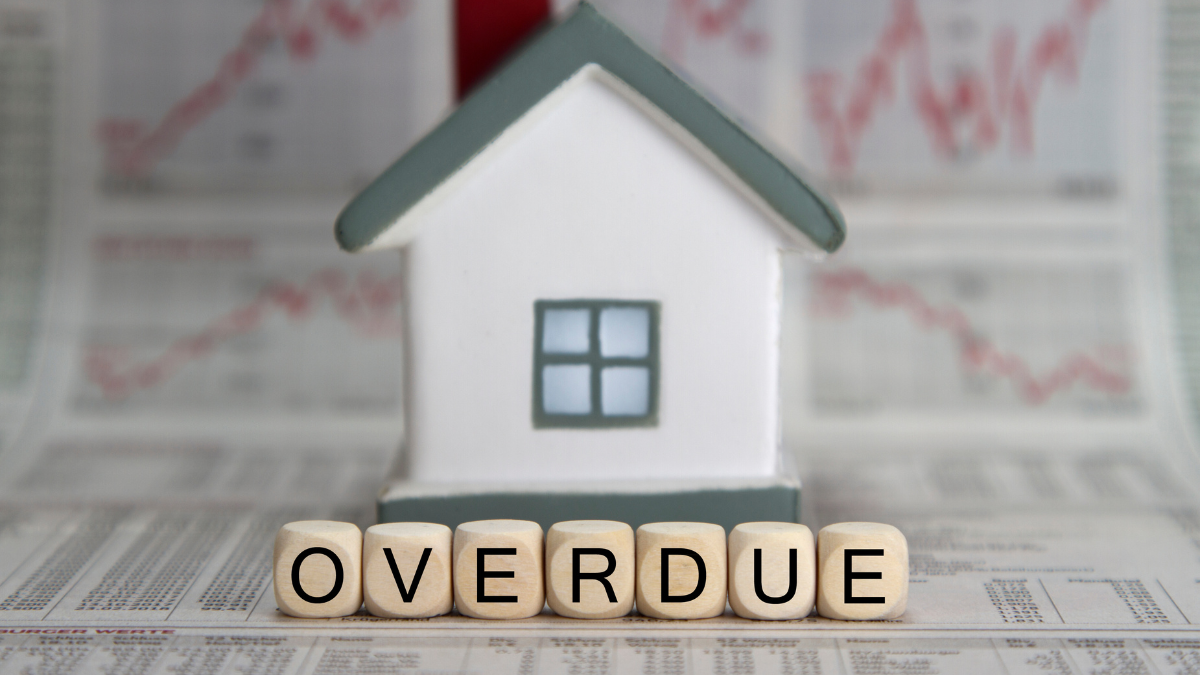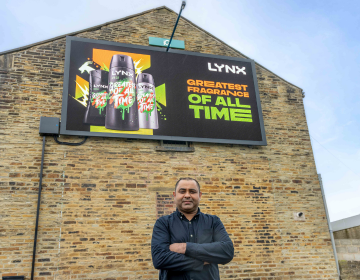Demand for rental accommodation across Britain has grown over the past 12 months on the back of a housing market which is beginning to show signs of cooling. There are now five tenants chasing each rental property, up from 4.2 tenants in August 2013, according to Countrywide Residential Lettings.
This increased demand is being reflected in rental values. 15% of properties let for more than advertised in August, a figure which rises to 19% in London amid greater tenant competition, the highest level for 13 months. In August, landlords achieved an average of 99.6% of the asking rent.
Despite the increase in demand over the past three months, these figures remain well below 2012 levels. The upturn in the sales market in the summer of 2013, alongside the introduction of both parts of the Help to Buy scheme, transferred some of the demand out of the rental market. During the first half of 2013, landlords had to be increasingly flexible when negotiating rents with tenants. Between July and September 2013, even in the context of continued rental growth, the proportion of deals agreed in excess of the asking price fell from 23% to 13%.
The average rent in the UK passed the £900pcm barrier for the first time in August 2014, up £13pcm from July. Over the past 12 months average rents have increased 5.1%, rising twice as quickly as the same time last year. As has been the case over 2014, it has been London and those areas in zones 2-6 in particular, which have led this growth. While the number of properties coming onto the market has remained broadly stable, in the Capital, rental growth is a product of strong growth in tenant numbers up 12% over the past 12 months. Outside of London, particularly outside the South East, the level of demand has remained much closer to the number of properties available.
In a sign that landlords are responding to demand, tenants are signing up to increasingly longer tenancies with record numbers choosing to remain in their property by renewing their contract. Every region of the UK, with the exception of Central London, saw the length of the average tenancy rise to stand at an average of just over 16 months.
Commenting on the findings Nick Dunning, group commercial director, said: “The significant level of mobility between the sale and rental markets means changes to the level of demand in the sales market will have a knock on effect in the rental market. With over half of those using the Help to Buy scheme coming from the private rented sector, and the large rise in the number of first time buyers over the last year, rental growth has been subdued.
“The gradual cooling of the sales market over the past 1-2 months means we have begun to see upward pressure on rents, driven by a rise in demand from tenants with fewer leaving the sector. An increasing number of landlords have been able to re-let their property at a higher rate with tenants willing to meet and in some cases surpass rising asking prices.
“With the number of households in the private rented sector having risen 50% between 2007 and 2013, this structural tenure shift will continue to drive rental growth for the foreseeable future unless a significant number of new homes are delivered.”










.png)





Comments
Which just confirms my post on the Croydon piece. Don't the powers that be get it that we need to work this out to help good landlords to offer more property through the PRS. They should be working with us, not punishing us for the bad ones by making everything more and more difficult for the decent landlord, and more expensive and difficult to find somewhere for the tenant.
Actually there is a good reason to develop a good tenant association, perhaps they could drill a bit of sense into the decision makers. But then they are clever enough to be getting on with a good landlord, working together to keep up a good tenancy.